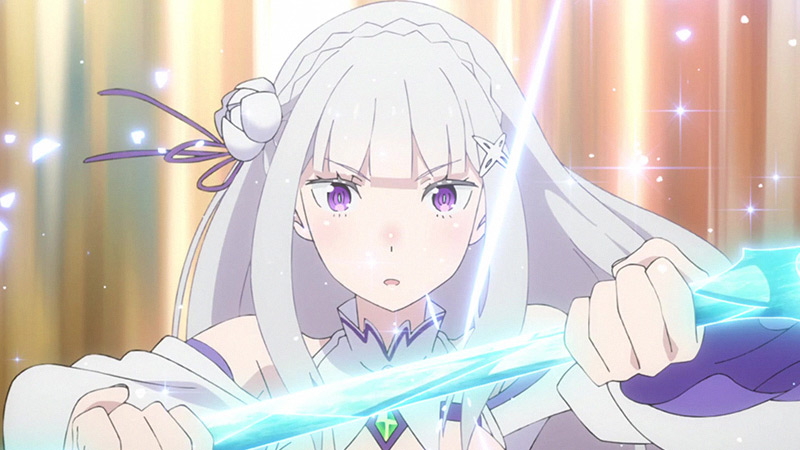
Waiting for the continuation of a beloved anime often feels like a agony – the distance between the individual seasons is too great. But why is that?
Was it faster before?
In the past, it has often occurred that the continuation of an anime series celebrated its premiere on Japanese television within a year or two after the previous relay was completed.
Long -term classics such as “Naruto”, “Bleach” and “Dragon Ball” had an extremely uniform publication rhythm, but even newer titles such as “Haikyu !!” or “My Hero Academia” received their sequels very quickly.
But now series either return after three months (Split Cour) or you can see them again in three years at the earliest. Countless prominent examples can be cited.

Exceptions confirm the rule
So about four years between the first two seasons of “One Punch Man” and about the third season, which in October 2025 finally celebrated her premiere after more than six years, we don’t even want to talk.
The list can be continued with the third season of “Fire Force” (five years), the second and third season of “Re: Zero” (four and three and a half years), the second season of “My Dress-Up Darling” (three years) and many other titles.
But there are also positive exceptions, because at least it went on “Solo Leveling”, “The Apothecary Diaries”, “Shangri-La Frontier” and “My very special wedding” quite quickly with the second season.
A long waiting time is also not in the sense of the anime industry, after all, it is strongly dependent on the sale of merchandise products.

Overloaded industry
When a series disappears for years, its income decreases significantly, which is why you somehow have to keep hype alive in the time when a sequel is being continued. Occasionally, compilation films are then produced, but they arrive at the fans rather negatively.
So why don’t you just publish the sequel? This question is quickly answered: this is often not possible due to the high utilization of the industry.
Many studios, directors and screenwriters are often fully utilized for at least a year after the approval of a sequel project, which creates a longer waiting time until the actual start of production.
It is faster if appropriate sequels are already planned from the start or due to the great success are decided shortly after the start of the first season.
